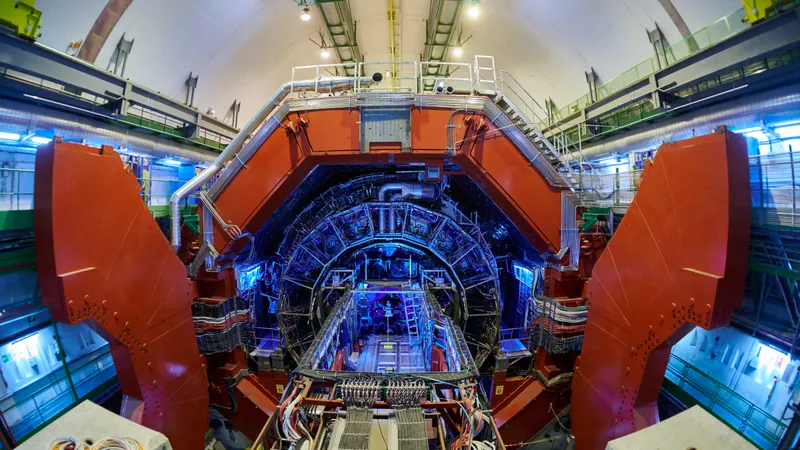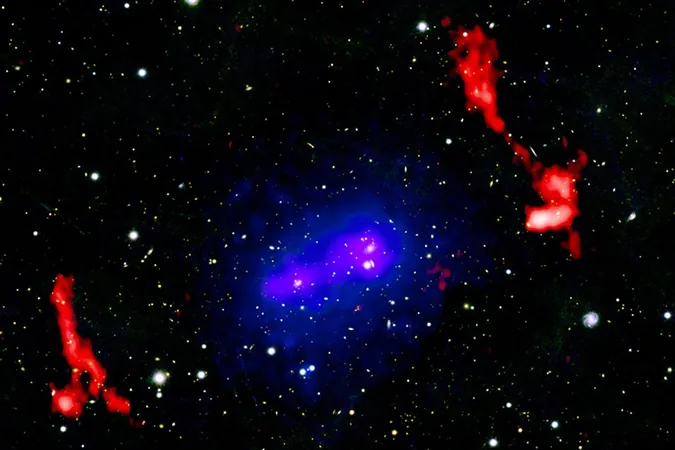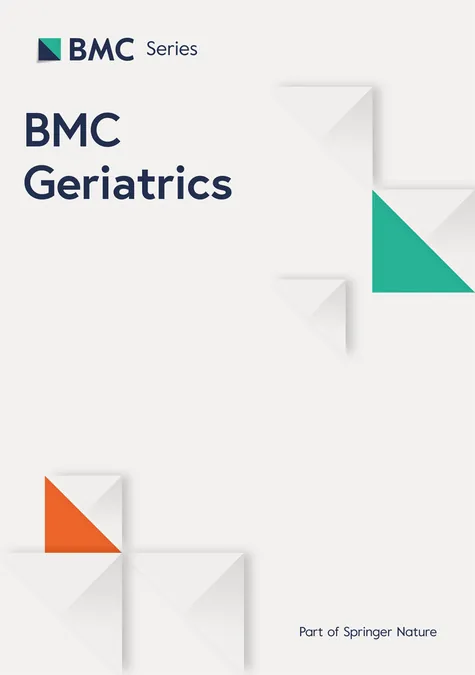
Alchemy Reborn: Scientists Triumph in Transmuting Lead into Gold at the LHC!
2025-05-13
Author: Jacques
The Dream of Alchemists Becomes Reality
For ages, alchemists fantasized about transforming lead into gold. While their endeavors were steeped in mysticism, modern science is finally unveiling secrets that were once thought to be pure fantasy.
A Breakthrough at the Large Hadron Collider
At the forefront of this scientific revolution is the Large Hadron Collider (LHC), the biggest particle accelerator known to man. In a groundbreaking experiment, researchers have successfully observed a genuine transmutation of lead into gold—not through straightforward collisions, but thanks to an innovative process involving nearly accidental interactions between atomic nuclei.
The Mechanics of a Marvelous Transformation
Designed to propel particles close to the speed of light, the LHC's collisions serve as a gateway to understanding the building blocks of our universe. While most collisions produce valuable insights through direct impacts, the LHC also hosts a significant number of "near misses." In these instances, particles glide astoundingly close to each other, without making contact, and generate powerful electromagnetic fields that can instigate unprecedented nuclear reactions.
Harnessing Electromagnetic Forces
Officials from CERN, the European Organization for Nuclear Research, highlight that the electromagnetic field emitted from a lead nucleus is especially potent. With 82 protons packed into its nucleus, these particles create an incredible intensity of electromagnetic force. When lead nuclei travel at a staggering 99.999993% of light speed, the electromagnetic field lines compress into a narrow band, creating fleeting bursts of photons.
The Birth of Gold Through Electromagnetic Dissociation
This photon burst triggers electromagnetic dissociation—where a photon interacts with a nucleus, causing internal tremors that eject neutrons and photons. Notably, when a lead atom loses three protons in this process, it ultimately transforms into gold!
Precision Detection of an Ancient Dream
Marco Van Leeuwen, spokesperson for the ALICE experiment at the LHC, expressed the excitement of discovering a method to detect these rare events. The LHC's impressive capabilities allow for the study of nuclear transmutation, an endeavor once reserved for the realm of myth.
Quantifying the Gold Rush
The ALICE team announced that during their experiments, the LHC generated as many as 89,000 gold nuclei every second from lead-lead collisions. Remarkably, an estimated 86 billion gold nuclei were produced from 2015 to 2018 alone.
The Fleeting Nature of the Golden Atoms
However, anyone harboring dreams of wealth through alchemy might be disillusioned. The total yield is a mere 29 picograms (or 2.9 x 10^-11 grams), and these gold atoms possess a tragic fate. Their energy is so extreme that they quickly break apart upon collision with the LHC's structure, disintegrating into protons, neutrons, and other particles within an infinitesimally short timeframe.
A Leap Forward in Physics
John Jowett from the ALICE collaboration emphasized that these findings not only bolster theoretical models of electromagnetic dissociation but are also pivotal in enhancing our understanding of beam losses—crucial knowledge as we advance toward more efficient colliders in the future. The dream of alchemy may never have been achieved as the ancients envisioned, but thanks to modern science, we are closer than ever to unlocking the secrets of the universe!









 Brasil (PT)
Brasil (PT)
 Canada (EN)
Canada (EN)
 Chile (ES)
Chile (ES)
 Česko (CS)
Česko (CS)
 대한민국 (KO)
대한민국 (KO)
 España (ES)
España (ES)
 France (FR)
France (FR)
 Hong Kong (EN)
Hong Kong (EN)
 Italia (IT)
Italia (IT)
 日本 (JA)
日本 (JA)
 Magyarország (HU)
Magyarország (HU)
 Norge (NO)
Norge (NO)
 Polska (PL)
Polska (PL)
 Schweiz (DE)
Schweiz (DE)
 Singapore (EN)
Singapore (EN)
 Sverige (SV)
Sverige (SV)
 Suomi (FI)
Suomi (FI)
 Türkiye (TR)
Türkiye (TR)
 الإمارات العربية المتحدة (AR)
الإمارات العربية المتحدة (AR)